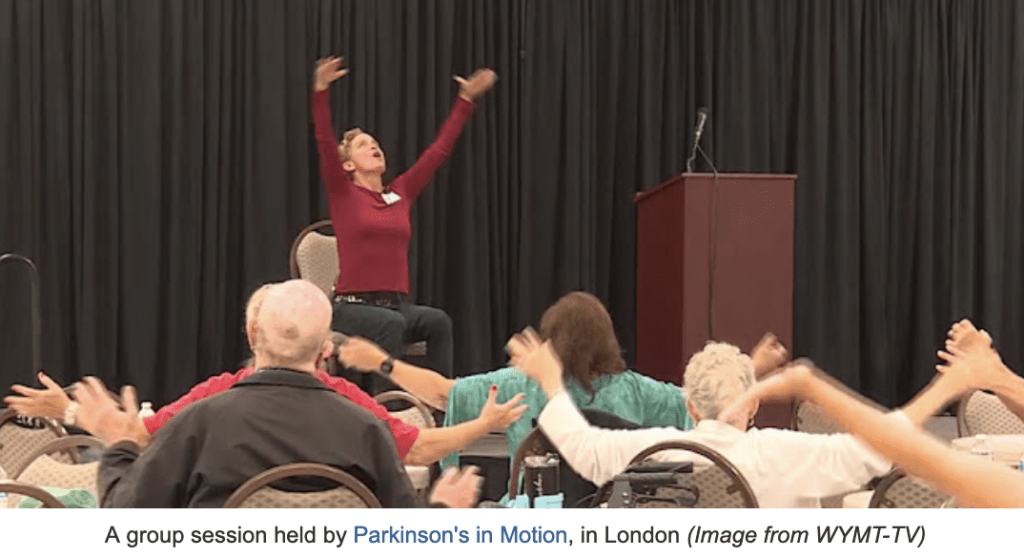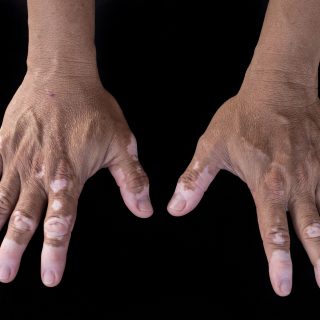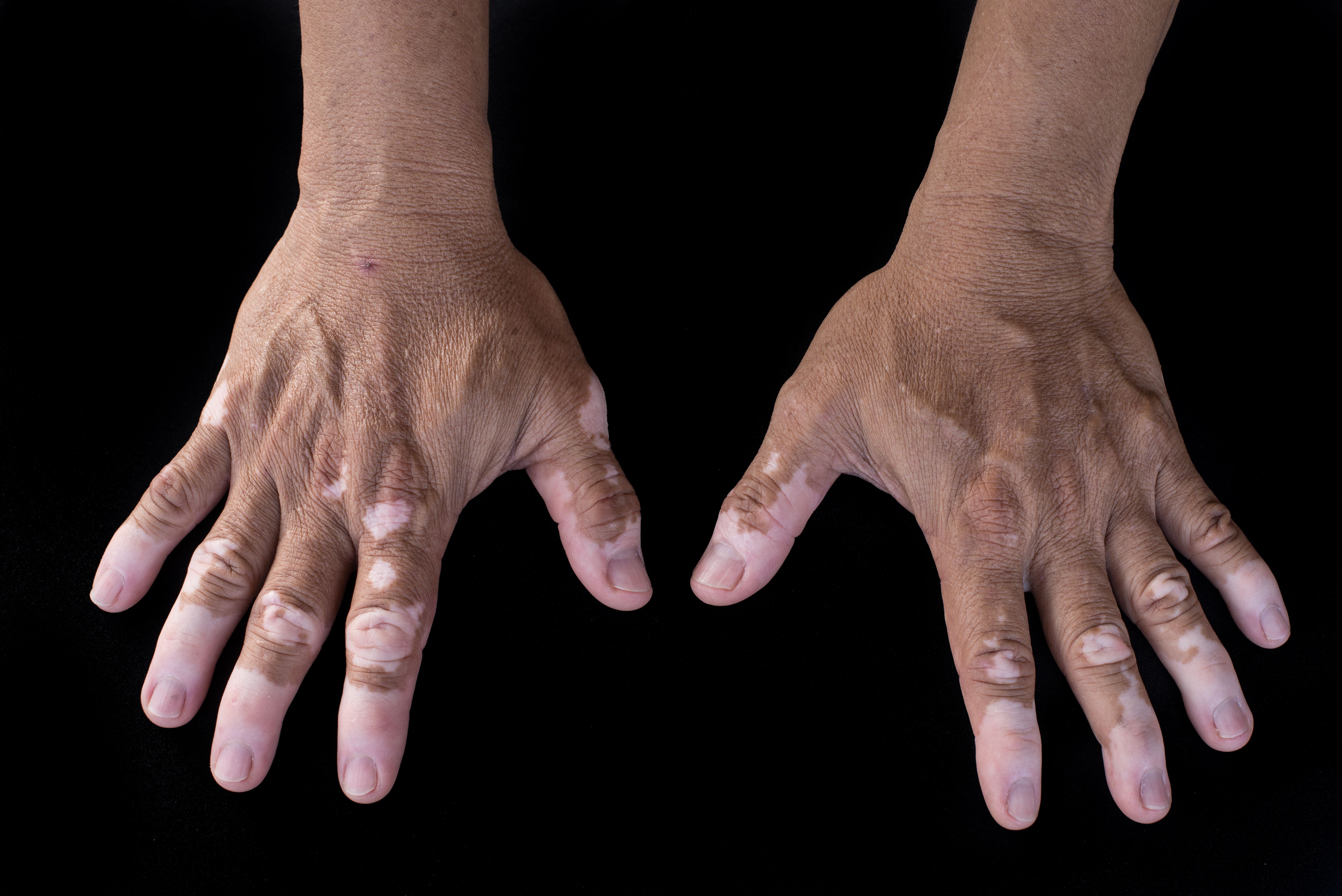
Kentucky Health News The leader of a Kentucky support group for sufferers of Parkinson’s disease is hailing President Biden’s Tuesday signing of a law that requires the Department of Health and Human Services to develop, and evaluate progress on, a plan to address the disabling neurological disorder. Jane Rice Williams, executive director of Parkinson’s in Motion, a London-based group, told Hazard’s WYMT-TV that she hopes the National Plan to End Parkinson’s Act will bring more attention to the disease. “Parkinson’s is the fast-growing neurological condition on the planet, and it’s still so underfunded,” Williams said. But she added that her group has spread awareness across the region. “People here have been diagnosed since coming to our meetings and finding out what Parkinson’s is, and they think, ‘Well, maybe that is what my dad has, or maybe that’s what my mother has.’ And they’re able to get a diagnosis because of knowledge,” she said. “But you can’t sustain all of that without funding. There are so many people out there suffering that have no clue that they have Parkinson’s. Every time we turn around and think we’re gonna provide such and such, we need funding.” Beyond funding, she said her organization wants to “try and get them in the proper exercise, teach them proper nutrition, get them in Parkinson’s communities” where they can get group support. Kentucky Health News is an independent news service of the Institute for Rural Journalism and Community Issues, based in the School of Journalism and Media at the University of Kentucky, with support from the Foundation for a Healthy Kentucky. Donate to Kentucky Health News here. https://cidev.uky.edu/kentuckyhealthnews/2024/07/05/parkinsons-support-group-hails-law-requiring-a-federal-plan-for-it/



















